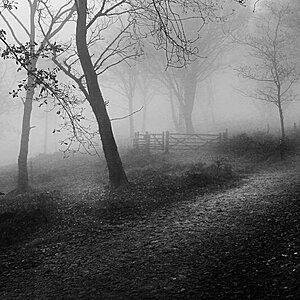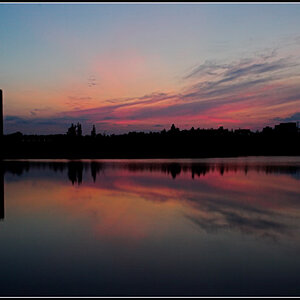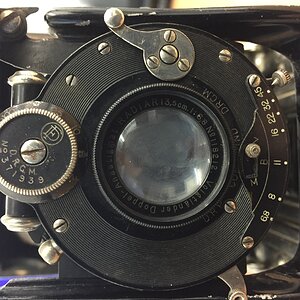Shakka Brah
TPF Noob!
- Joined
- Nov 10, 2006
- Messages
- 65
- Reaction score
- 0
- Location
- the keystone state
- Website
- www.innovationbmxclothing.com
Under the specs for lenses there is usually a construction part. This part says something like 6 elements in 5 groups. What does this mean and how important is it?
Thanks in advance.
Thanks in advance.


![[No title]](/data/xfmg/thumbnail/32/32702-7344d6e6132276dd7bfc046084fea432.jpg?1619735604)
![[No title]](/data/xfmg/thumbnail/32/32698-38e2346942223e17b43fb958f66064c1.jpg?1619735601)
![[No title]](/data/xfmg/thumbnail/37/37604-7ad625e983f92f880eb65a264eeef5e4.jpg?1619738148)







![[No title]](/data/xfmg/thumbnail/37/37602-1ef8dbb1c2d0e4ff347ee65d328c3603.jpg?1619738147)
